You will need:
- 50cm of string
- Something to act as a mass. Metal nuts are easy to work with but you could also use dough too (if you have access to mass carriers that would be great too).
- A stick to wind the string around – we use a retort stand for our scientific method workshop but you could anything to keep the stick steady will suffice.
- A ruler
- A stopwatch
- A stack of books to act as a consistent measure of height
- *If you have access to a sensitive scale for measuring mass you could use this too.
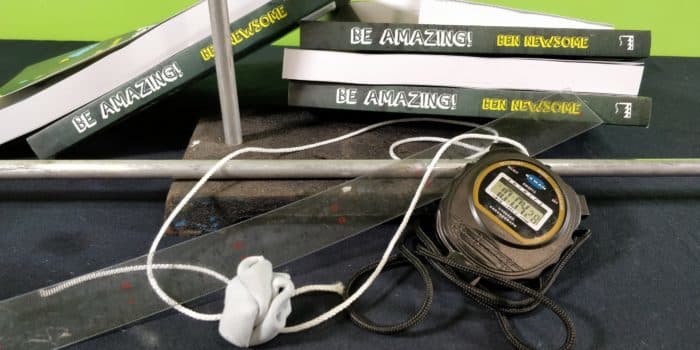

Weight the metal nuts or whatever you’re using for mass in your experiment. If you can’t measure the weight of these at least make sure that you can show a significant difference in the amount of material you use for each time you repeat the experiment.
Make sure that the stick is secured to a fixed point and that you have another person ready with the stop watch.
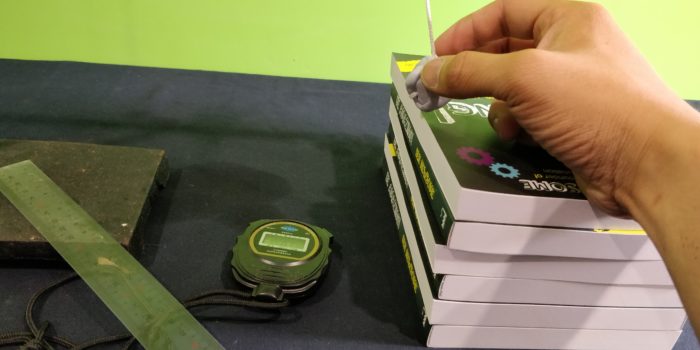
Repeat the experiment three times so that you can get results for the following combinations:
– short string/light mass
– short string/heavy mass
– long string/light mass
– long string/heavy mass
Ideally you should repeat each combination several times and calculate an average time of swing for each combination.
Is there a difference between the four combinations above? Which variable affects the period of a pendulum?
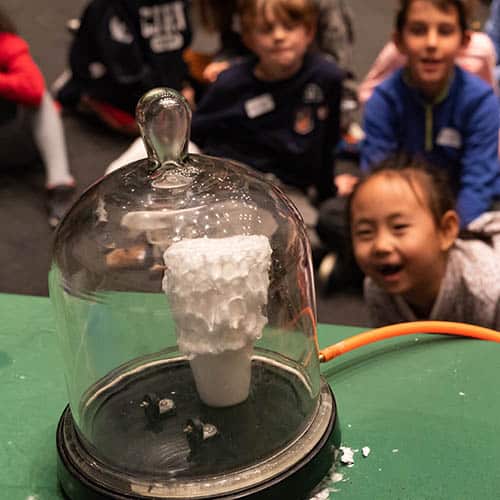
School science visits since 2004!
– Curriculum-linked & award-winning incursions.
– Over 40 primary & high school programs to choose from.
– Designed by experienced educators.
– Over 2 million students reached.
– Face to face incursions & online programs available.
– Early learning centre visits too!
Why does this work?
You’ve repeated an experiment that was first discussed by Galileo Galilei (1564 – 1642)! The story goes that he was watching a swinging bronze chandelier in a cathedral in Pisa and he noticed that a pendulum swing always follows the same arc. By using his own pulse he could time how long the period of the pendulum swing was. Galileo recognised that over time the swinging of the bronze chandelier would stop (conservation of energy) and that when repeating this experiment with a string and mass you could see that it was the length of the string rather than the mass that affects the period of a pendulum… i.e, the longer the string the longer the pendulum period.
For those who want to calculate what is going on, the period of oscillation of a simple pendulum is:
T = 2π√(l / g) where:
T = time period for one oscillation (s)
l = length of pendulum (m)
g = acceleration due to gravity (m/s-2)
But why does the mass have no effect on the pendulum period? Because all materials accelerate towards Earth at the same rate!
Sources of error
- Defining when the pendulum period ends
- Did the mass get ‘released’ or ‘pushed’?
- The initial height of the pendulum mass needs to be consistent
Application
This simple science experiment was used by the psychologist Piaget in 1958 to determine if children could isolate and test variables one at a time to experimentally test an idea (also called formal operational thinking). Children who struggled with this experiment were found to change more than one variable at a time whilst running the pendulum experiment and as such produce the incorrect answer that it is the mass at the end of the string that influences the speed of the pendulum. It’s all about variable testing!
You can find applications of pendulums in a variety of places:
- Foucalt’s pendulum used in demonstrating that Earth rotates.
- On children’s swings and even on the giant swings you see at amusement parks
- Inside a grandfather clock.
- On a metronome.
- Inside some skyscraper buildings to dampen the effects of earthquakes.
- A plumb line used by builders.
- Newton’s cradle used to demonstrate transfer of forces
From volume and length through to statistics and trigonometry, the Working Mathematically workshop has your mathematics enrichment covered!
Get in touch with FizzicsEd to find out how we can work with your class.
Forces, Friction & Movement
Years K to 6
Maximum 30 students
School workshop
60 or 90 minutes
Online Class Available
STEM Full Day Accelerator - Primary
Designed from real classroom experiences, this modular day helps you create consistently effective science learning that directly address the new curriculum with easily accessible and cost-effective materials.
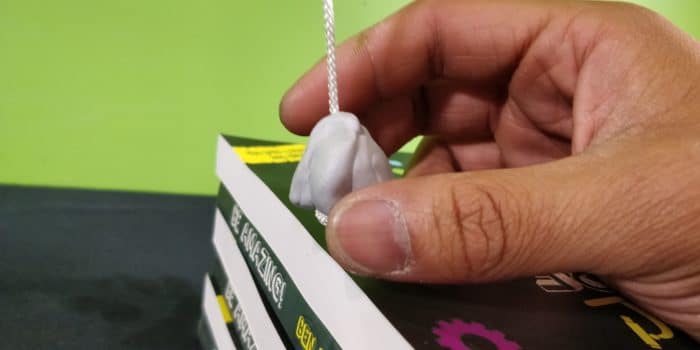
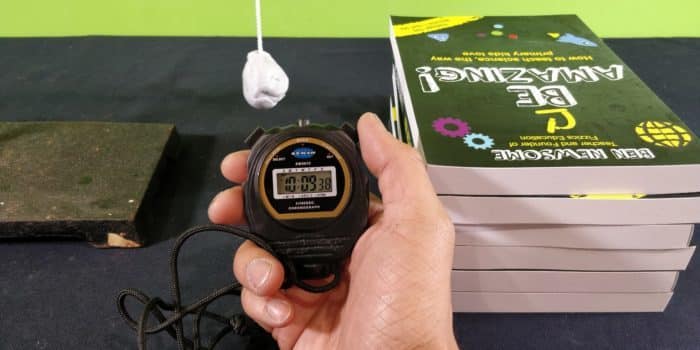
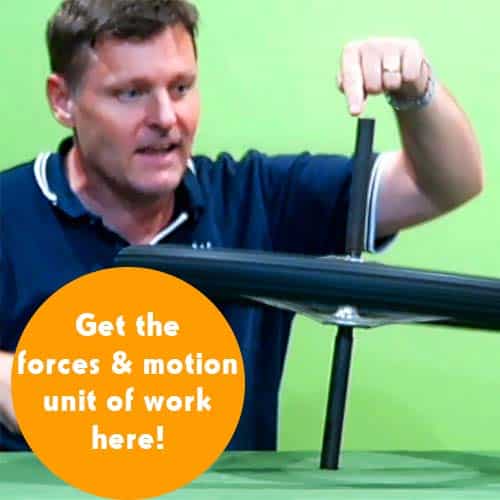
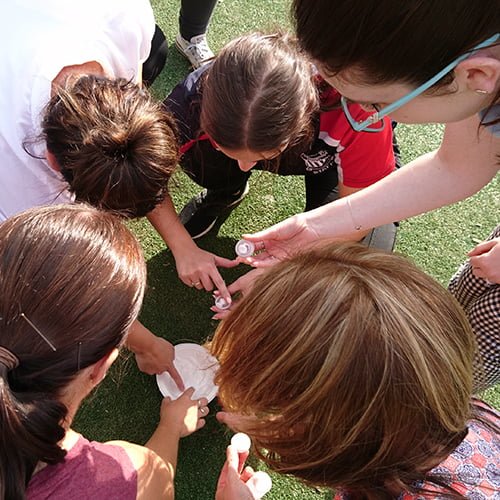

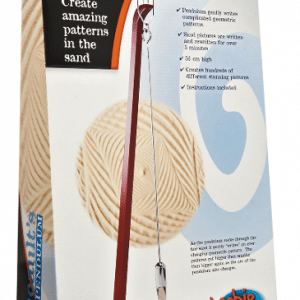
























Comments